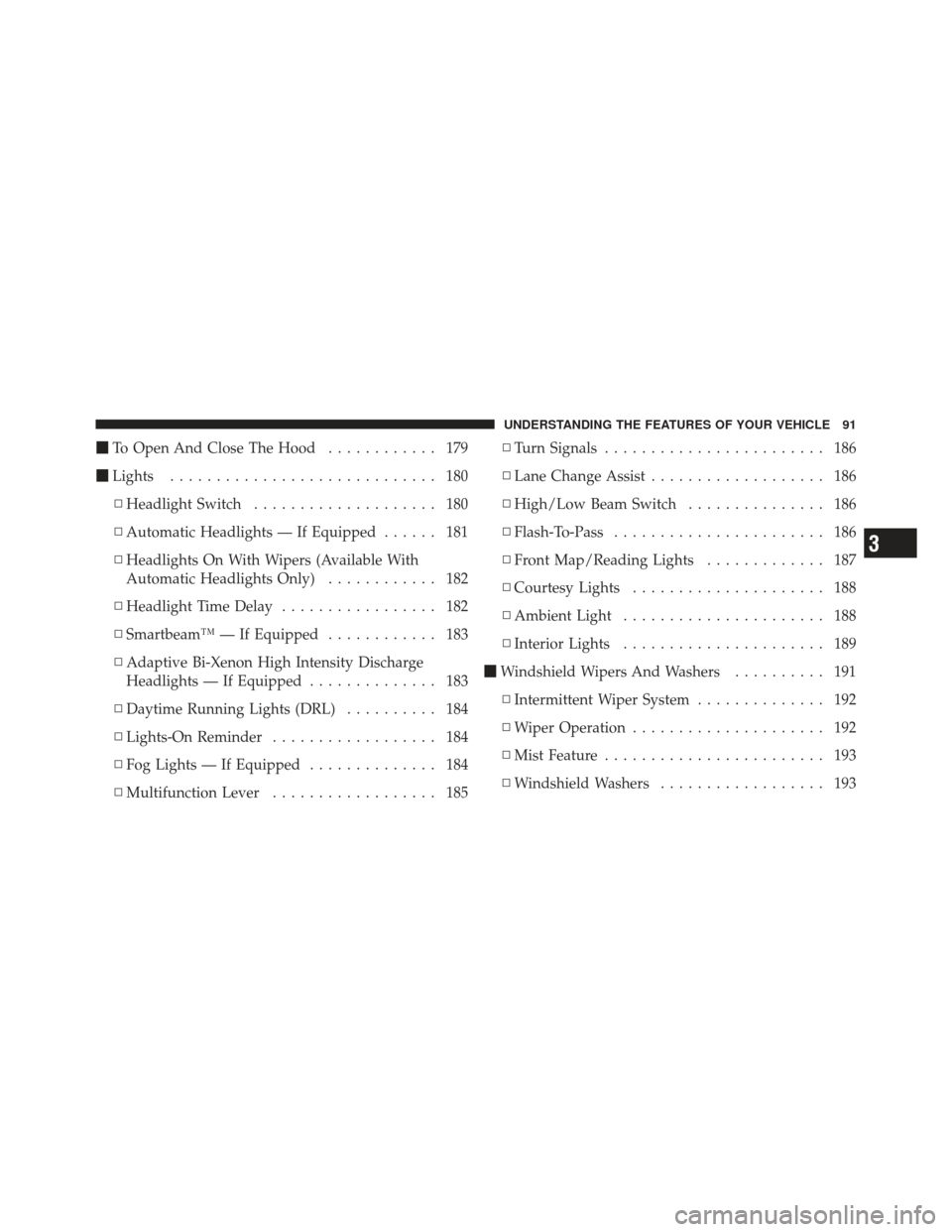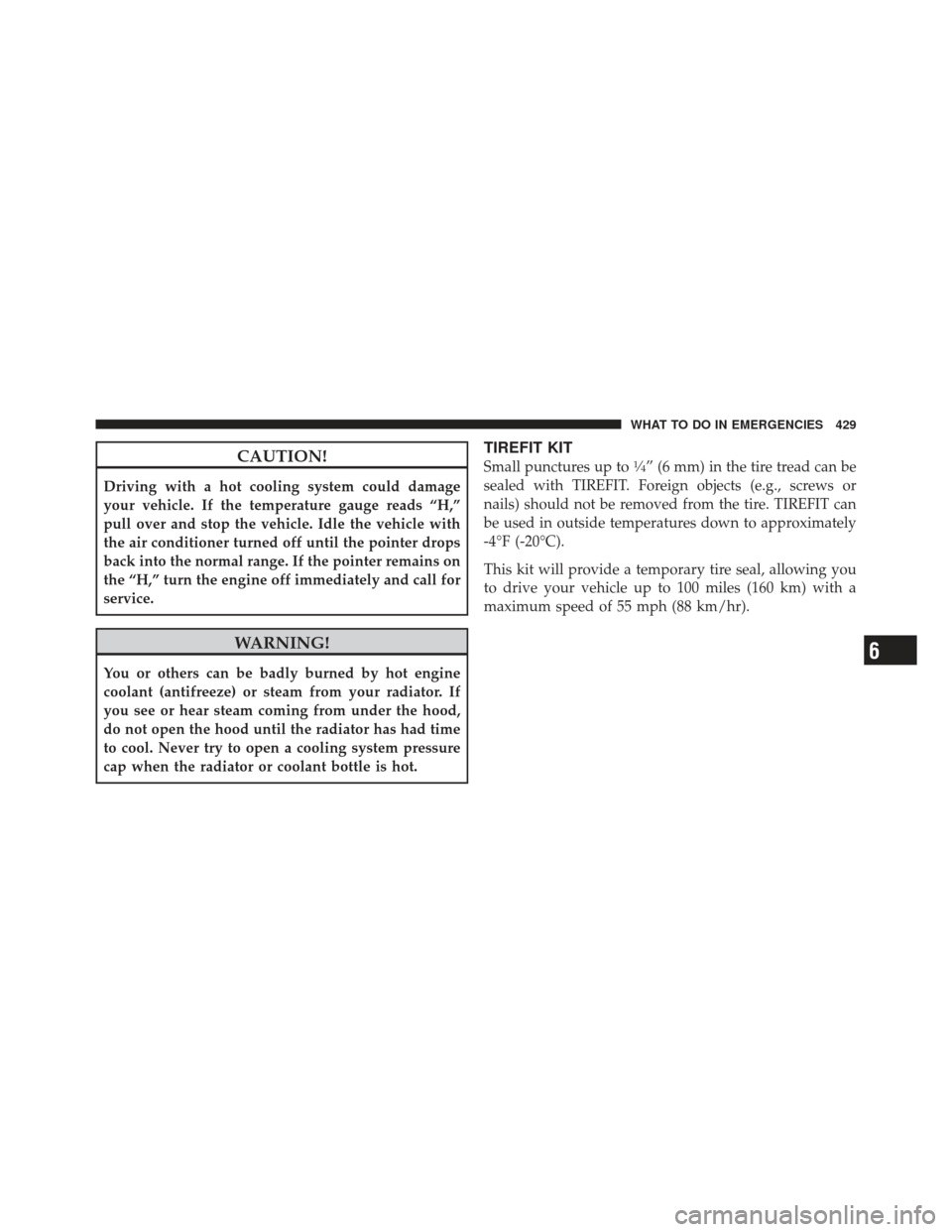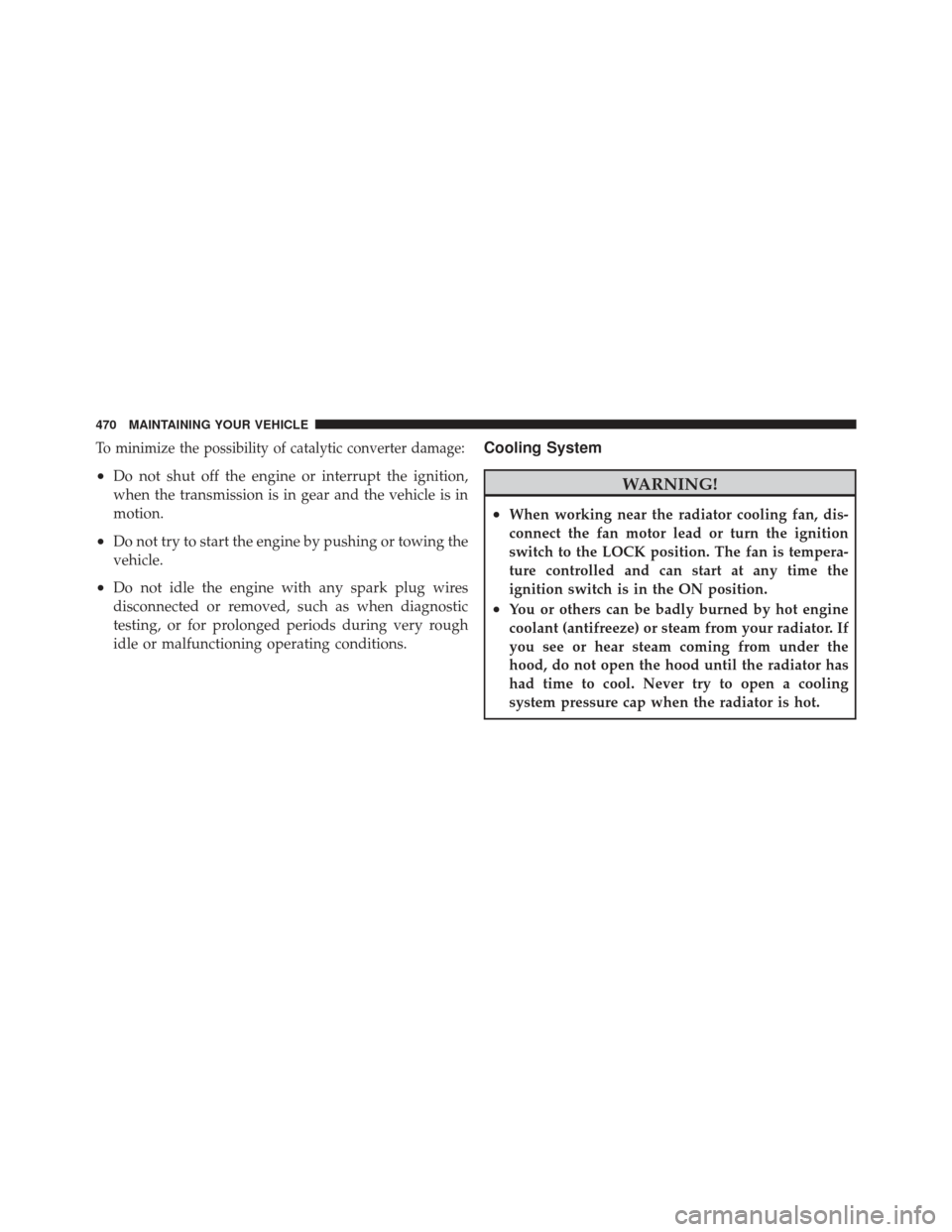Page 93 of 557

�To Open And Close The Hood ............ 179
� Lights ............................. 180
▫ Headlight Switch .................... 180
▫ Automatic Headlights — If Equipped ...... 181
▫ Headlights On With Wipers (Available With
Automatic Headlights Only) ............ 182
▫ Headlight Time Delay ................. 182
▫ Smartbeam™ — If Equipped ............ 183
▫ Adaptive Bi-Xenon High Intensity Discharge
Headlights — If Equipped .............. 183
▫ Daytime Running Lights (DRL) .......... 184
▫ Lights-On Reminder .................. 184
▫ Fog Lights — If Equipped .............. 184
▫ Multifunction Lever .................. 185 ▫
Turn Signals ........................ 186
▫ Lane Change Assist ................... 186
▫ High/Low Beam Switch ............... 186
▫ Flash-To-Pass ....................... 186
▫ Front Map/Reading Lights ............. 187
▫ Courtesy Lights ..................... 188
▫ Ambient Light ...................... 188
▫ Interior Lights ...................... 189
� Windshield Wipers And Washers .......... 191
▫ Intermittent Wiper System .............. 192
▫ Wiper Operation ..................... 192
▫ Mist Feature ........................ 193
▫ Windshield Washers .................. 193
3
UNDERSTANDING THE FEATURES OF YOUR VEHICLE 91
Page 181 of 557
TO OPEN AND CLOSE THE HOOD
Two latches must be released to open the hood.
1. Pull the hood release lever located under the left side
of the instrument panel.2. Move to the outside of the vehicle and push the safety
catch to the left. The safety catch is located under the
center front edge of the hood.
Hood Release Lever
Hood Safety Latch
3
UNDERSTANDING THE FEATURES OF YOUR VEHICLE 179
Page 182 of 557
Use the hood prop rod (if equipped) to secure the hood in
the open position.
CAUTION!
To prevent possible damage, do not slam the hood to
close it. Lower the hood, until it is open approxi-
mately 6 in (15 cm), and then drop it. This should
secure both latches. Never drive your vehicle unless
the hood is fully closed, with both latches engaged.
WARNING!
Be sure the hood is fully latched before driving your
vehicle. If the hood is not fully latched, it could open
when the vehicle is in motion and block your vision.
Failure to follow this warning could result in serious
injury or death.
LIGHTS
Headlight Switch
The headlight switch is located on the left side of
the instrument panel. This switch controls the
operation of the headlights, parking lights, instru-
ment panel lights, instrument panel light dimming, inte-
rior lights and fog lights.
180 UNDERSTANDING THE FEATURES OF YOUR VEHICLE
Page 431 of 557

CAUTION!
Driving with a hot cooling system could damage
your vehicle. If the temperature gauge reads “H,”
pull over and stop the vehicle. Idle the vehicle with
the air conditioner turned off until the pointer drops
back into the normal range. If the pointer remains on
the “H,” turn the engine off immediately and call for
service.
WARNING!
You or others can be badly burned by hot engine
coolant (antifreeze) or steam from your radiator. If
you see or hear steam coming from under the hood,
do not open the hood until the radiator has had time
to cool. Never try to open a cooling system pressure
cap when the radiator or coolant bottle is hot.
TIREFIT KIT
Small punctures up to1�4” (6 mm) in the tire tread can be
sealed with TIREFIT. Foreign objects (e.g., screws or
nails) should not be removed from the tire. TIREFIT can
be used in outside temperatures down to approximately
-4°F (-20°C).
This kit will provide a temporary tire seal, allowing you
to drive your vehicle up to 100 miles (160 km) with a
maximum speed of 55 mph (88 km/hr).
6
WHAT TO DO IN EMERGENCIES 429
Page 443 of 557
Preparations For Jump-Start
The battery is stored under an access cover in the trunk.
Remote battery posts are located on the right side of the
engine compartment for jump-starting.Remote Battery Posts
WARNING!
•Take care to avoid the radiator cooling fan when-
ever the hood is raised. It can start anytime the
ignition switch is on. You can be injured by
moving fan blades.
•Remove any metal jewelry such as watch bands or
bracelets that might make an inadvertent electrical
contact. You could be seriously injured.
•Batteries contain sulfuric acid that can burn your
skin or eyes and generate hydrogen gas which is
flammable and explosive. Keep open flames or
sparks away from the battery.
1 — Remote Positive
(+) Post
2 — Remote Negative (-) Post
6
WHAT TO DO IN EMERGENCIES 441
Page 472 of 557

To minimize the possibility of catalytic converter damage:
•Do not shut off the engine or interrupt the ignition,
when the transmission is in gear and the vehicle is in
motion.
•Do not try to start the engine by pushing or towing the
vehicle.
•Do not idle the engine with any spark plug wires
disconnected or removed, such as when diagnostic
testing, or for prolonged periods during very rough
idle or malfunctioning operating conditions.
Cooling System
WARNING!
•When working near the radiator cooling fan, dis-
connect the fan motor lead or turn the ignition
switch to the LOCK position. The fan is tempera-
ture controlled and can start at any time the
ignition switch is in the ON position.
•You or others can be badly burned by hot engine
coolant (antifreeze) or steam from your radiator. If
you see or hear steam coming from under the
hood, do not open the hood until the radiator has
had time to cool. Never try to open a cooling
system pressure cap when the radiator is hot.
470 MAINTAINING YOUR VEHICLE
Page 500 of 557
Standard Low Beam Headlamp, High Beam
Headlamp, Park/Turn Lamp, Inner Park Lamp, and
Outer Park Lamp
1. Open the hood.
NOTE:Removal of the air cleaner filter housing may be
necessary prior to replacing bulbs in the headlamp
assembly on the driver side of the vehicle.
2. Twist the appropriate bulb and socket assembly coun-
terclockwise, and then pull it out of the headlamp
assembly.
3. Disconnect the bulb from the socket assembly and
install the replacement bulb.
4. Reinstall the bulb and socket assembly into the head-
lamp assembly, and then turn it clockwise.
1 — High Beam Headlamp Bulb
2 — Low Beam Headlamp Bulb
498 MAINTAINING YOUR VEHICLE